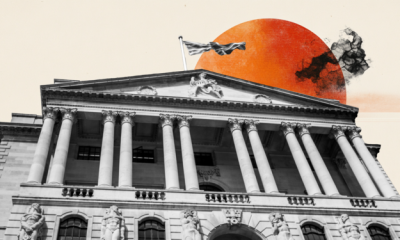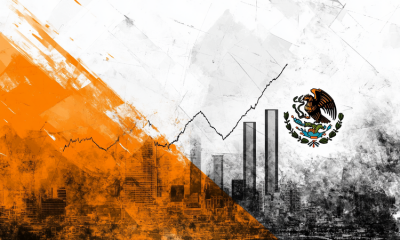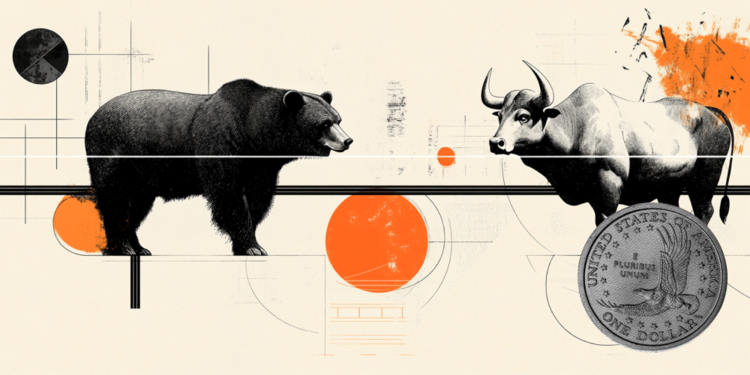

others
US Dollar recovers some losses ahead of key data – Crypto News
- The US Dollar Index recovers earlier losses, stabilizing around 106.50.
- Euro pares gains after CDU leads German elections, easing political uncertainty.
- Markets focus on upcoming US GDP and PCE data later this week.
- US President Donald Trump set to deliver a speech amid growing trade tensions.
The US Dollar Index (DXY), which measures the US Dollar’s (USD) performance against a basket of six major currencies, recovers on Monday after an initial downturn, stabilizing around 106.50. Early losses triggered by upbeat German election results faded as the Christian Democratic Union (CDU) secured a leading position, calming market fears. During the American session, US President Donald Trump confirmed that tariffs on Canada and Mexico will go forward but failed to trigger a significant reaction on the buck.
Daily digest market movers: US Dollar steadies amid geopolitical and economic developments
- US Dollar Index recovers from Asian losses as German election results ease political concerns.
- Christian Democratic Union (CDU) leads the German elections, dampening Euro rally amid reduced political uncertainty.
- Investors await key US data releases, including Q4 2024 Gross Domestic Product (GDP) on Thursday.
- January Personal Consumption Expenditures (PCE) data set for release on Friday, potentially influencing the inflation outlook.
- Chicago Fed National Activity Index for January due later on Monday, offering insight into economic activity trends.
- US President Donald Trump is expected to speak later today, potentially addressing trade policy and tariffs.
- Tariffs set to take effect over the weekend could weigh on global trade sentiment.
- Personal income and spending data are expected alongside PCE figures for January.
- Q4 GDP figures are anticipated to confirm steady economic growth, supporting a positive outlook for 2025.
DXY technical outlook: Bullish momentum remains fragile
The US Dollar Index is attempting to stabilize around 106.50, with efforts to reclaim the 100-day Simple Moving Average (SMA) at 106.60 underway. Despite a mild rebound, technical indicators remain weak. The Relative Strength Index (RSI) and the Moving Average Convergence Divergence (MACD) suggest a continued bearish sentiment, though some recovery signs are emerging. Resistance lies at 107.00, while support remains firm around 106.00. A break above the 106.60 mark would signal a potential shift in momentum, but the bullish push remains fragile for now.
GDP FAQs
A country’s Gross Domestic Product (GDP) measures the rate of growth of its economy over a given period of time, usually a quarter. The most reliable figures are those that compare GDP to the previous quarter e.g Q2 of 2023 vs Q1 of 2023, or to the same period in the previous year, e.g Q2 of 2023 vs Q2 of 2022. Annualized quarterly GDP figures extrapolate the growth rate of the quarter as if it were constant for the rest of the year. These can be misleading, however, if temporary shocks impact growth in one quarter but are unlikely to last all year – such as happened in the first quarter of 2020 at the outbreak of the covid pandemic, when growth plummeted.
A higher GDP result is generally positive for a nation’s currency as it reflects a growing economy, which is more likely to produce goods and services that can be exported, as well as attracting higher foreign investment. By the same token, when GDP falls it is usually negative for the currency. When an economy grows people tend to spend more, which leads to inflation. The country’s central bank then has to put up interest rates to combat the inflation with the side effect of attracting more capital inflows from global investors, thus helping the local currency appreciate.
When an economy grows and GDP is rising, people tend to spend more which leads to inflation. The country’s central bank then has to put up interest rates to combat the inflation. Higher interest rates are negative for Gold because they increase the opportunity-cost of holding Gold versus placing the money in a cash deposit account. Therefore, a higher GDP growth rate is usually a bearish factor for Gold price.
-

 Cryptocurrency5 days ago
Cryptocurrency5 days agoSUI eyes 24% rally as bullish price action gains strength – Crypto News
-

 Cryptocurrency3 days ago
Cryptocurrency3 days agoCoinbase scores major win as SEC set to drop lawsuit – Crypto News
-

 Technology1 week ago
Technology1 week agoLava Pro Watch X with 1.44-inch AMOLED display, in-built GPS launched in India at ₹4,499 – Crypto News
-
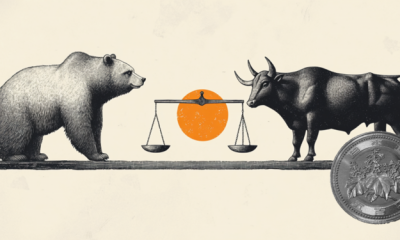
 others7 days ago
others7 days agoJapanese Yen remains depressed amid modest USD strength; downside seems limited – Crypto News
-
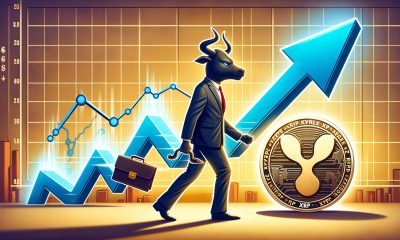
 Blockchain7 days ago
Blockchain7 days agoXRP Price Pulls Back From Highs—Are Bulls Still in Control? – Crypto News
-

 Technology1 week ago
Technology1 week agoPerplexity takes on ChatGPT and Gemini with new Deep Research AI that completes most tasks in under 3 minutes – Crypto News
-

 Blockchain1 week ago
Blockchain1 week agoXRP To 3 Digits? The ‘Signs’ That Could Confirm It, Basketball Analyst Says – Crypto News
-

 others1 week ago
others1 week agoAustralian Dollar jumps to highs since December on USD weakness – Crypto News
-

 Cryptocurrency1 week ago
Cryptocurrency1 week agoWho is Satoshi Nakamoto, The Creator of Bitcoin? – Crypto News
-

 Business1 week ago
Business1 week agoElon Musk’s DOGE Launches Probe into US SEC, Ripple Lawsuit To End? – Crypto News
-

 Business7 days ago
Business7 days agoWhales Move From Shiba Inu to FXGuys – Here’s Why – Crypto News
-

 Technology4 days ago
Technology4 days agoStellantis Debuts System to Handle ‘Routine Driving Tasks’ – Crypto News
-
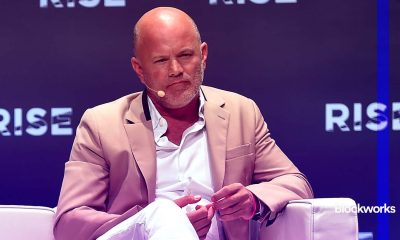
 Cryptocurrency1 week ago
Cryptocurrency1 week agoCrypto narratives as we await next market move – Crypto News
-
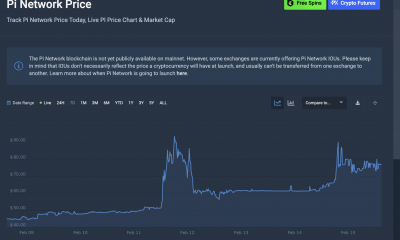
 Business1 week ago
Business1 week agoHow Will It Affect Pi Coin Price? – Crypto News
-

 Business1 week ago
Business1 week agoWhat Will be KAITO Price At Launch? – Crypto News
-

 Blockchain1 week ago
Blockchain1 week agoXRP Set To Outshine Gold? Analyst Predicts 1,000% Surge – Crypto News
-

 Technology7 days ago
Technology7 days agoLuminious inverters for your home to never see darkness again – Crypto News
-

 Blockchain1 week ago
Blockchain1 week agoIs BTC Heading For $150K Rally? – Crypto News
-

 Technology1 week ago
Technology1 week agoWeekly Tech Recap: JioHotstar launched, Sam Altman vs Elon Musk feud intensifies, Perplexity takes on ChatGPT and more – Crypto News
-

 Technology1 week ago
Technology1 week agoBest gaming mobiles under ₹20,000 in February 2025: Poco X6 Pro, OnePlus Nord CE 4 Lite and more – Crypto News
-

 Cryptocurrency1 week ago
Cryptocurrency1 week agoGameStop Stock Price Pumps After Report of Bitcoin Buying Plans – Crypto News
-

 Technology1 week ago
Technology1 week agoWhat will it take for India to become a global data centre hub? – Crypto News
-

 Technology1 week ago
Technology1 week agoChatGPT vs Perplexity: Sam Altman praises Aravind Srinivas’ Deep Research AI; ‘Proud of you’ – Crypto News
-
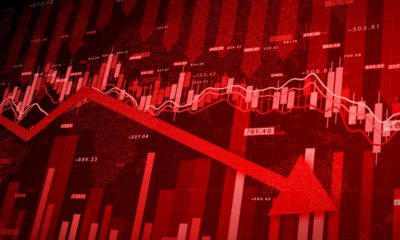
 Blockchain1 week ago
Blockchain1 week agoNEAR Breaks Below Parallel Channel: Key Levels To Watch – Crypto News
-
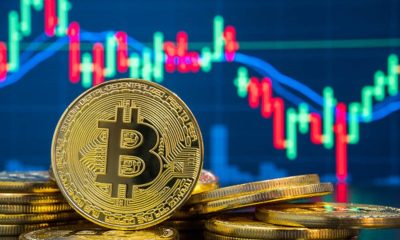
 Blockchain1 week ago
Blockchain1 week agoWill BTC Rebound Or Drop To $76,000? – Crypto News
-
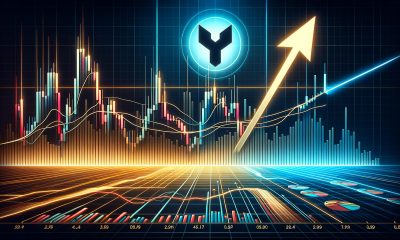
 Blockchain1 week ago
Blockchain1 week agoXRP Price Settles After Gains—Is a Fresh Upside Move Coming? – Crypto News
-

 others1 week ago
others1 week agoWTI price bullish, according to FXStreet data – Crypto News
-

 Metaverse1 week ago
Metaverse1 week agoHow AI will divide the best from the rest – Crypto News
-

 Business1 week ago
Business1 week agoThese 3 Altcoins Will Help You Capitalize on Stellar’s Recent DIp – Crypto News
-

 Cryptocurrency7 days ago
Cryptocurrency7 days agoHayden Davis crypto scandal deepens as LIBRA memecoin faces fraud allegations – Crypto News
-

 Technology1 week ago
Technology1 week agoOpenAI board unanimously rejects Musk’s $97.4 billion takeover bid: ‘Not for sale’ – Crypto News
-

 Technology1 week ago
Technology1 week agoGrok 3 is coming! Elon Musk announces launch date, promises ‘smartest AI on Earth’ – Crypto News
-

 Technology1 week ago
Technology1 week agoUnion Minister Ashwini Vaishnaw to launch India AI Mission portal soon, 10 companies set to provide 14,000 GPUs – Crypto News
-

 Business1 week ago
Business1 week agoWhy Ethereum (ETH) Price Revival Could Start Soon After Solana Mess? – Crypto News
-
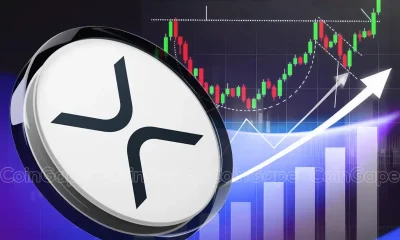
 Business1 week ago
Business1 week agoMarket Veteran Predicts XRP Price If Ripple Completes Cup and Handle Pattern – Crypto News
-

 others1 week ago
others1 week agoForex Today: What if the RBA…? – Crypto News
-

 others1 week ago
others1 week agoUS Dollar struggles to gather traction on quiet Monday – Crypto News
-

 Cryptocurrency6 days ago
Cryptocurrency6 days agoRipple Whale Bags 20M Coins Amid Recent Dip, What’s Happening? – Crypto News
-

 Technology3 days ago
Technology3 days agoWhy is BTC Down Today? – Crypto News
-

 Technology3 days ago
Technology3 days agoWhy is BTC Down Today? – Crypto News
-

 Technology3 days ago
Technology3 days agoWhy is BTC Down Today? – Crypto News
-
others1 week ago
Japan CFTC JPY NC Net Positions up to ¥54.6K from previous ¥18.8K – Crypto News
-

 Blockchain1 week ago
Blockchain1 week agoXRP Bullish Pennant Targets $15-$17 But Confirmation Is Required – Crypto News
-

 Technology1 week ago
Technology1 week agoSouth Korea removes DeepSeek from app stores, existing users advised to ‘service with caution’ – Crypto News
-

 Blockchain1 week ago
Blockchain1 week agoBitcoin Price Falls Short Again—Is a Deeper Decline Coming? – Crypto News
-

 others1 week ago
others1 week agoGas prices still remain elevated – ING – Crypto News
-

 Metaverse1 week ago
Metaverse1 week agoGrok 3 launch LIVE Updates: Elon Musk’s xAI to unveil ‘smartest AI on Earth’ today – Crypto News
-

 Cryptocurrency7 days ago
Cryptocurrency7 days agoBitcoin Sees $430M in Outflows as Market Responds to Fed’s Hawkish Stance – Crypto News
-

 Cryptocurrency7 days ago
Cryptocurrency7 days agoJudge Assigned to Probe Argentina’s President Milei Over Alleged Crypto Scam – Crypto News
-

 Technology7 days ago
Technology7 days agoHYPE Price Shoots 10% As Hyperliquid EVM Goes Live – Crypto News







